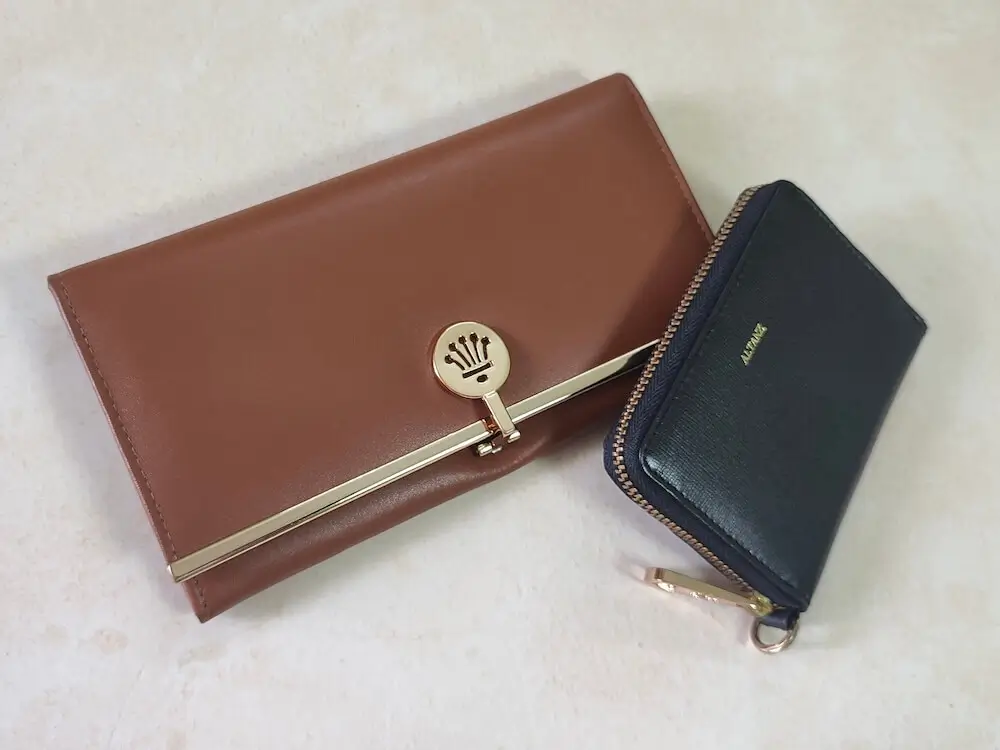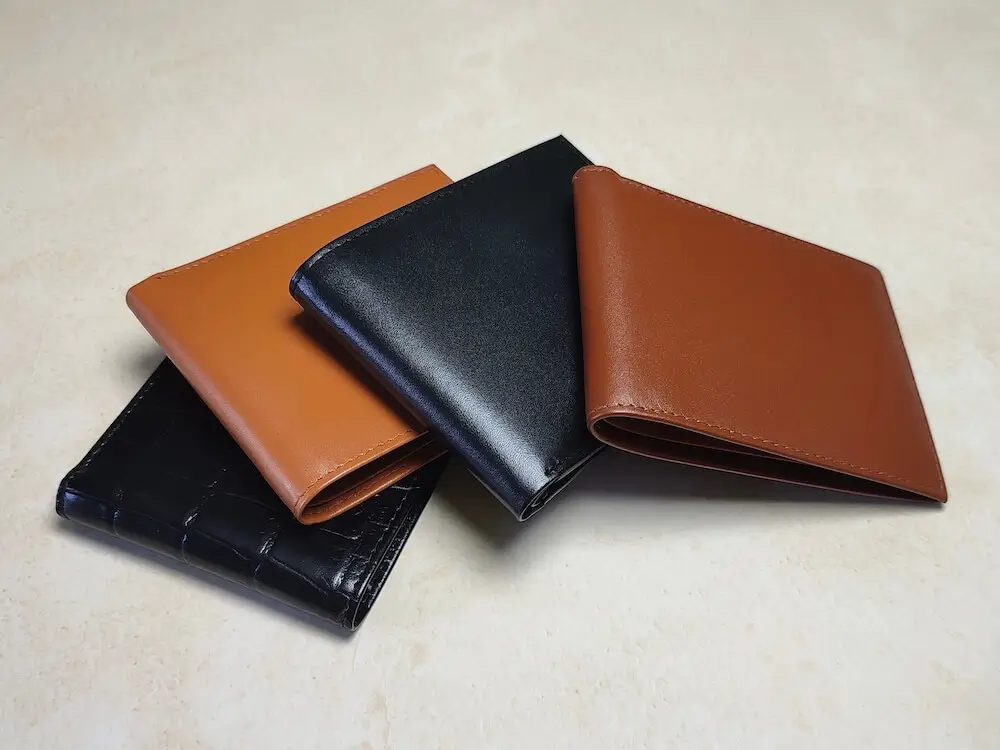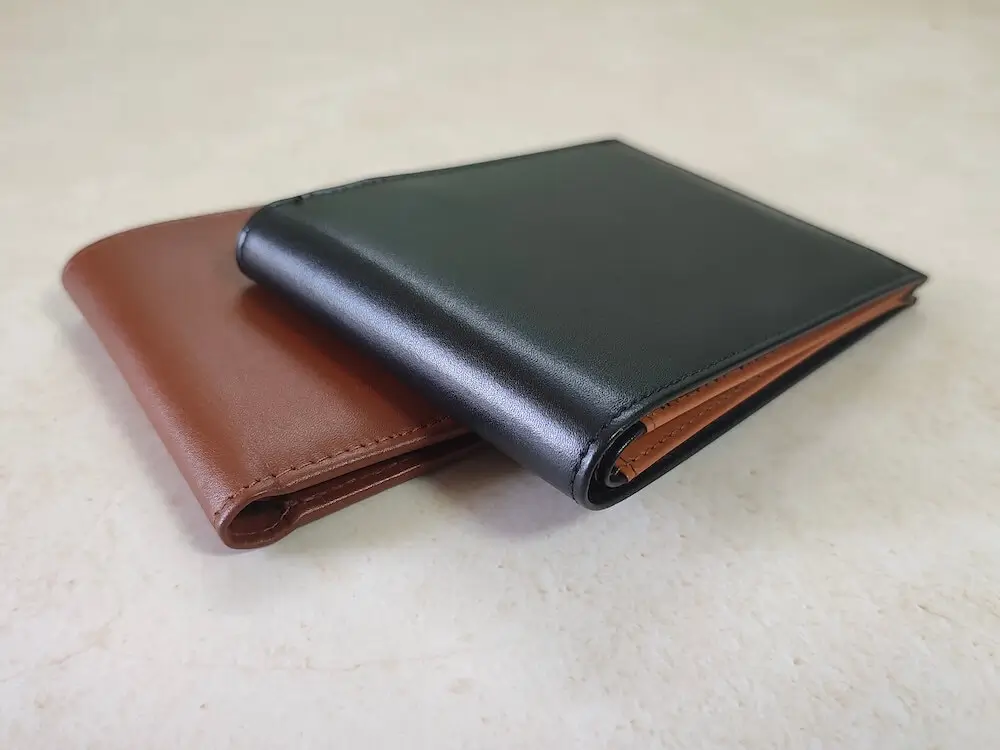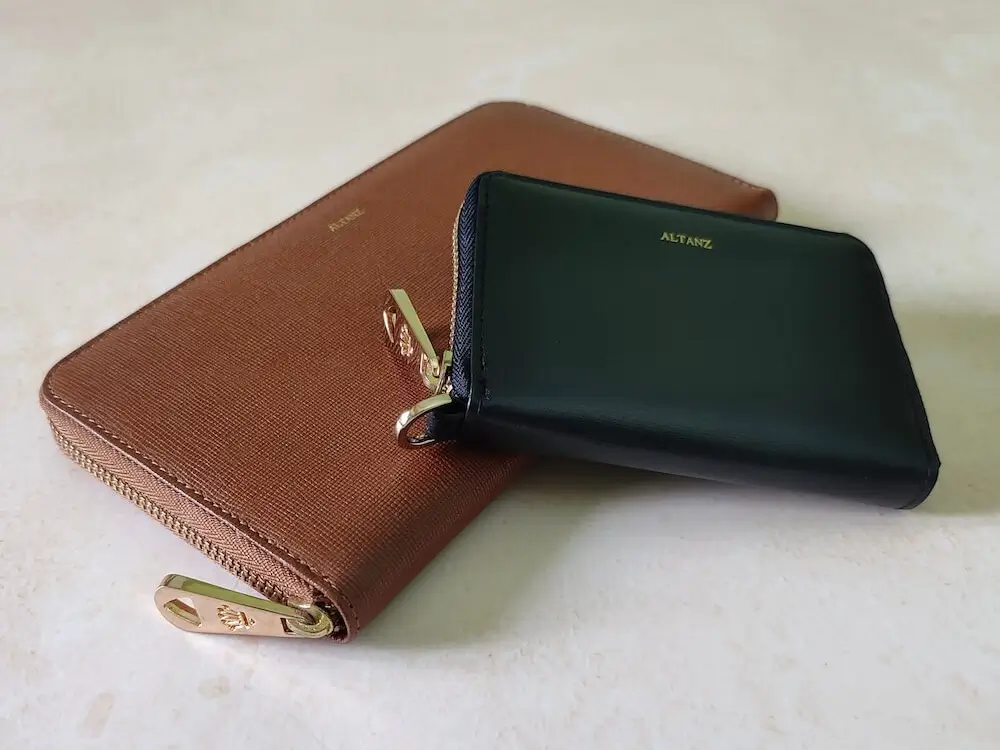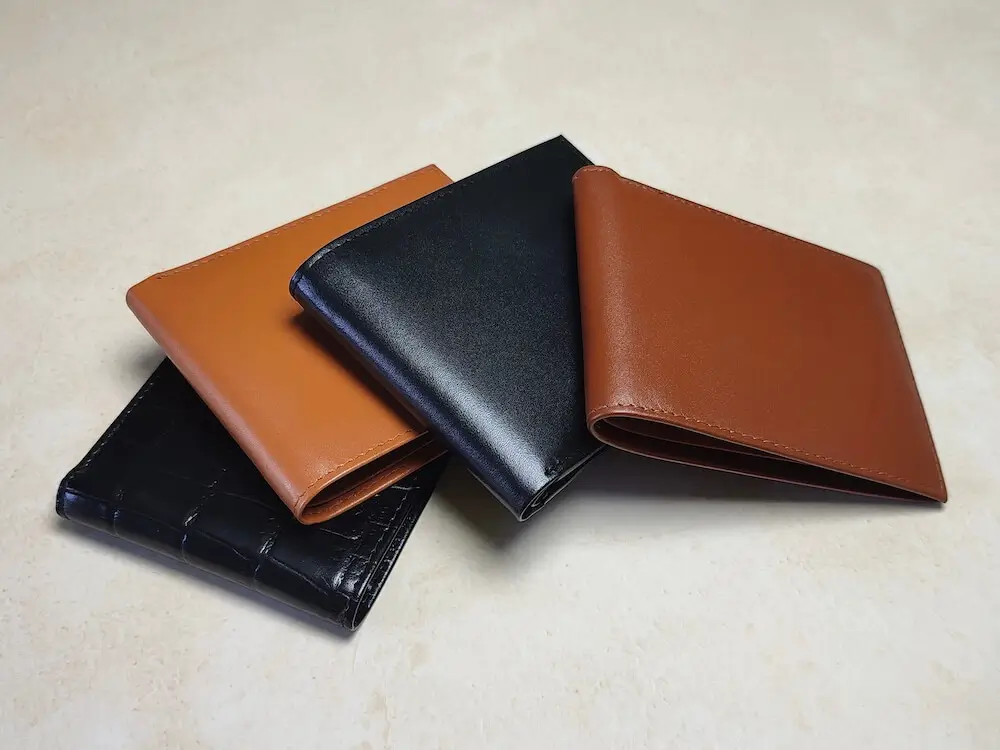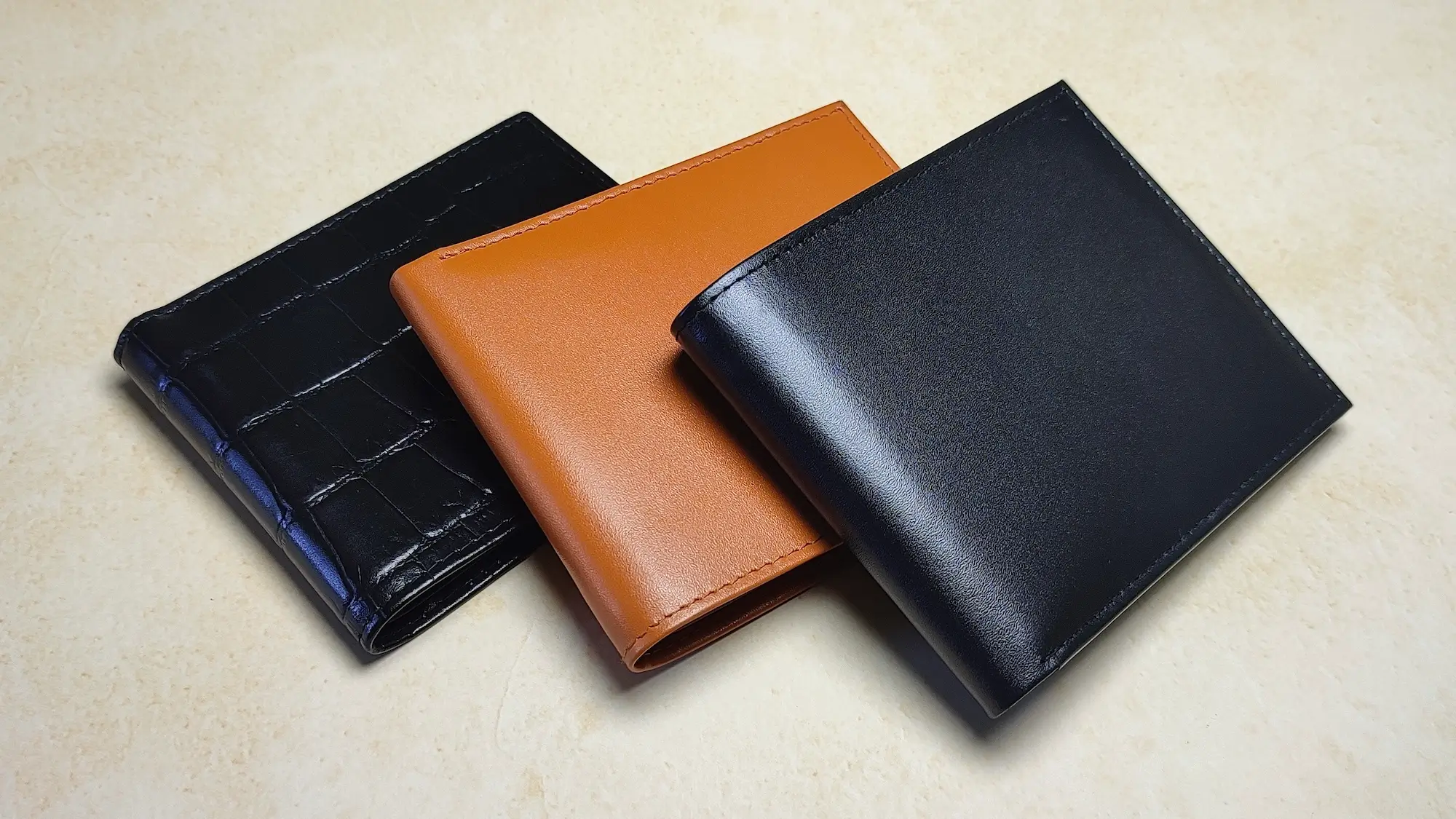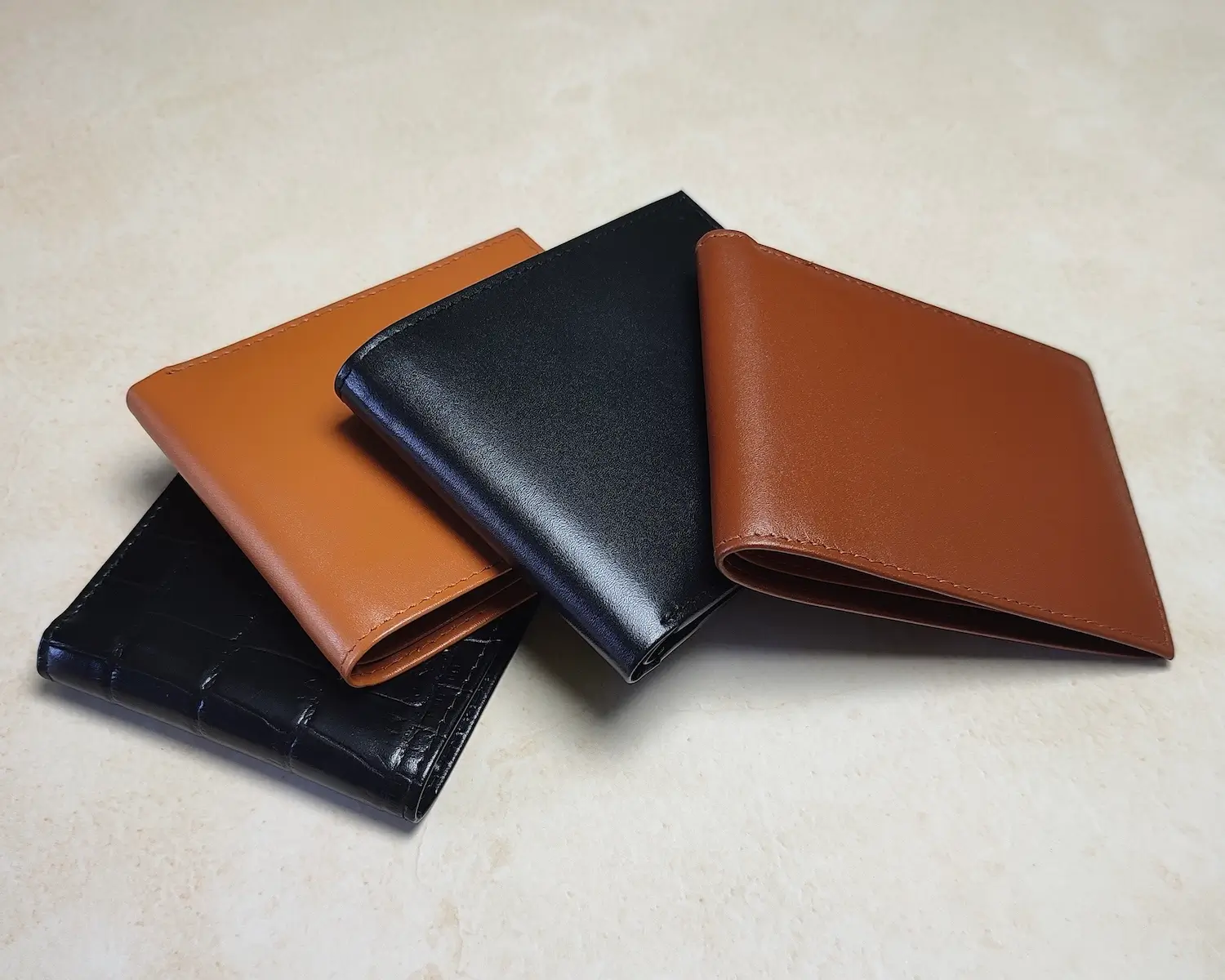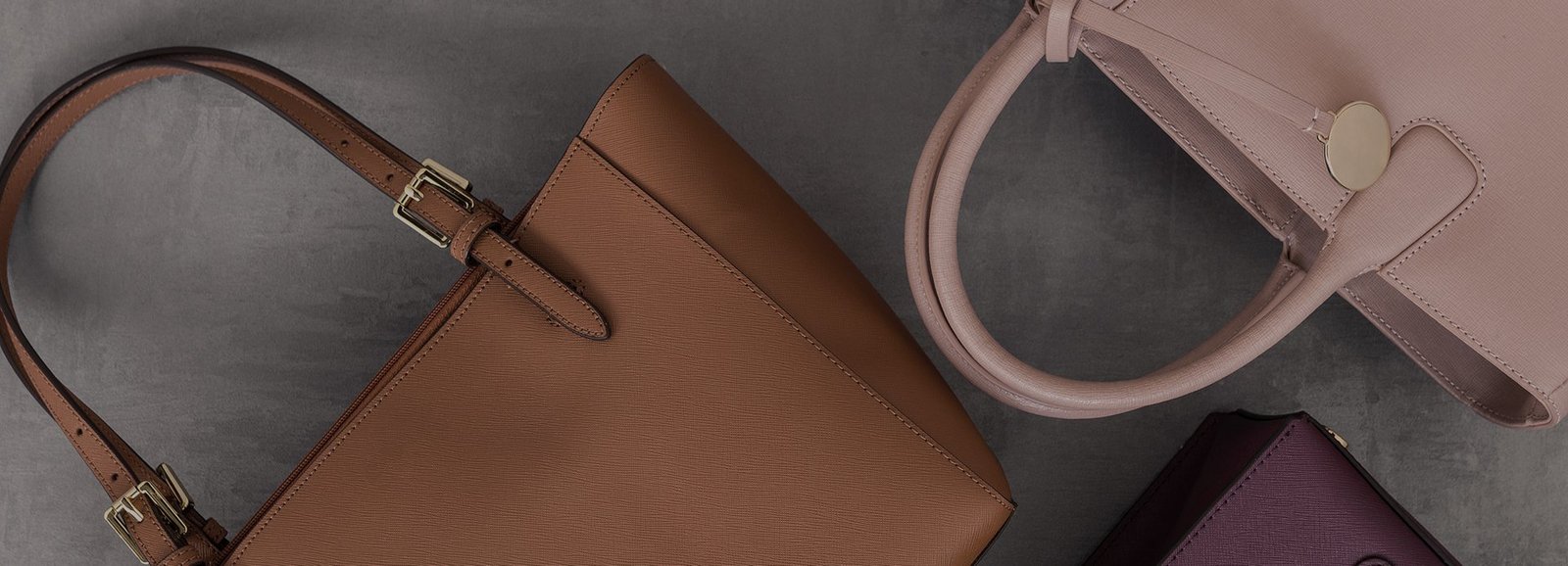Craftsmanship & Heritage
What Is Split-Grain Leather? A Comprehensive Guide
Introduction
When shopping for leather goods, you may encounter the term “split-grain leather.” While it’s not as premium as full-grain or top-grain leather, split-grain leather has carved its place in the market as a budget-friendly and versatile option.
This guide provides a detailed look at split-grain leather, its properties, common uses, and how to care for it.
What Is Split-Grain Leather?
Definition of Split-Grain Leather
Split-grain leather is derived from the lower layers of an animal hide, left after the top-grain (the uppermost layer) is removed. This leather retains some natural characteristics but lacks the strength and durability of higher-grade leathers. It is often treated and finished to enhance its appearance, mimicking the look of more expensive leathers.
How It Differs from Other Leather Types
- Full-Grain Leather: Retains the natural grain and top layer of the hide, making it the most durable and authentic leather.
- Top-Grain Leather: Sanded and treated for a smooth finish while maintaining moderate durability.
- Bonded Leather: Made from leather scraps and synthetic materials, whereas split-grain is a genuine leather cut.
Common Characteristics
- Uniform Texture: Achieved through embossing and finishing treatments.
- Softer Feel: Thin composition makes it more pliable than full-grain leather.
- Moderate Strength: Less durable than top-grain but still functional for light use.
How Is Split-Grain Leather Made?
Splitting the Hide
The production process begins with splitting the hide into layers. The upper layer is reserved for full-grain or top-grain leather, while the lower layers are used to create split-grain leather. This separation reduces thickness, resulting in a softer material.
Tanning and Finishing
Split-grain leather typically undergoes chrome tanning, a cost-effective process that softens and preserves the leather. The finishing stage involves:
- Embossing: Adding texture to mimic natural grain or decorative patterns.
- Coatings: Applying protective layers to improve durability and aesthetics.
- Dyeing: Adding color for a uniform and appealing look.
Properties of Split-Grain Leather
Appearance
Split-grain leather has a smooth, uniform surface, often enhanced through embossing and coatings. While it lacks the natural grain of full-grain leather, it can be designed to look polished and attractive.
Durability
Compared to full-grain or top-grain leather, split-grain is less durable. It is more prone to cracking, peeling, and wear over time, particularly in high-stress applications.
Softness
The thinner composition of split-grain leather makes it softer and more flexible, which can be an advantage in certain applications like small accessories or upholstery.
Cost-Effectiveness
As a by-product of splitting hides, split-grain leather is more affordable than higher-grade leathers, offering a genuine leather option for budget-conscious buyers.
Common Uses of Split-Grain Leather
Furniture and Upholstery
Split-grain leather is frequently used in entry-level furniture, such as sofas, chairs, and car seats. Its smooth surface and affordability make it an attractive option for cost-effective upholstery.
Fashion Accessories
Products like wallets, belts, and handbags often incorporate split-grain leather. These items benefit from its soft texture and ability to take on decorative finishes.
Footwear
While not as durable as full-grain leather, split-grain leather is used in casual shoes and boots where affordability and style are key considerations.
Decorative and Small Goods
Split-grain leather is ideal for items like book covers, watch straps, and keychains, offering a leather-like appearance at a lower cost.
Benefits of Split-Grain Leather
Split-grain leather has several advantages that make it a popular choice for manufacturers and consumers alike. While it doesn’t match the durability or premium qualities of higher-grade leathers, it provides excellent value for specific applications.
Affordability
Split-grain leather is significantly more cost-effective than full-grain or top-grain leather. This makes it an attractive option for those who want real leather without the high price tag, especially in items like furniture, footwear, and accessories.
Lightweight Design
Due to its thinner composition, split-grain leather is lighter than other leather types. This property makes it easier to handle during production and more comfortable for products like belts, handbags, and wallets.
Versatility
The smooth and uniform surface of split-grain leather allows it to adapt well to various styles. It can be embossed with patterns, dyed in different colors, or finished with coatings to achieve a polished look for both casual and formal designs.
Improved Appearance with Finishing
Through treatments such as embossing, split-grain leather can be made to resemble higher-quality leathers. This enhancement is especially useful in furniture and fashion items where aesthetics are a priority.
Challenges of Split-Grain Leather
While split-grain leather offers many benefits, it has limitations that might make it less desirable for certain uses. Understanding these challenges can help consumers make informed decisions.
Lower Durability
Split-grain leather is less durable than top-grain or full-grain leather. Its thinner layers make it prone to cracking, peeling, and wear over time, particularly when subjected to heavy use or stress.
Limited Longevity
Because it lacks the natural strength of higher-grade leathers, split-grain leather has a shorter lifespan. Products made from this leather are better suited for light use or decorative purposes rather than everyday wear and tear.
Lack of Natural Grain
Split-grain leather does not retain the natural grain of the hide, resulting in a less authentic texture. While embossing can enhance its appearance, it lacks the character and patina of full-grain leather.
Caring for Split-Grain Leather
Proper care is essential to prolong the life of split-grain leather and maintain its appearance. While it requires less maintenance than premium leathers, a few simple steps can make a big difference.
Cleaning Tips
- Regular Wiping: Use a soft, damp cloth to remove dust and dirt from the surface. Avoid using too much water, as split-grain leather is not as water-resistant as higher grades.
- Spot Cleaning: For stains, use a mild soap solution or a leather-specific cleaner. Test any cleaning product on a small, inconspicuous area first.
- Avoid Abrasive Materials: Do not use harsh scrubbers or chemicals, as these can damage the leather’s finish.
Conditioning
- Apply Leather Conditioner: Use a conditioner designed for split-grain or treated leathers to maintain softness and prevent drying.
- Condition Sparingly: Over-conditioning can oversaturate the leather, affecting its appearance and texture.
Protecting Against Damage
- Minimize Moisture Exposure: Protect split-grain leather from excessive moisture, which can cause warping or discoloration.
- Avoid Extreme Temperatures: Keep leather away from direct heat sources and prolonged sunlight, as these can dry it out and cause fading.
- Store Properly: When not in use, store split-grain leather items in a cool, dry place and avoid stacking heavy objects on top of them.
Split-Grain Leather vs. Other Leather Types
Comparing split-grain leather to other types of leather highlights its strengths and weaknesses, helping buyers determine if it’s the right choice for their needs.
Split-Grain vs. Full-Grain Leather
- Durability: Full-grain leather is significantly more durable and long-lasting. Split-grain leather is better suited for light use or decorative items.
- Appearance: Full-grain leather retains the natural grain of the hide, which develops a patina over time. Split-grain leather relies on treatments and embossing for its appearance.
- Cost: Split-grain leather is much more affordable, making it accessible to a broader audience.
Split-Grain vs. Top-Grain Leather
- Strength: Top-grain leather is stronger and more resistant to wear, as it includes the upper layers of the hide.
- Finish: Both types are treated for a smooth surface, but top-grain leather often has a more luxurious feel and look.
- Applications: Split-grain leather is used for budget-friendly items, while top-grain leather is found in mid-to-high-end products.
Split-Grain vs. Bonded Leather
- Authenticity: Split-grain leather is genuine leather, while bonded leather is made from leather scraps combined with synthetic materials.
- Durability: Split-grain leather is more durable than bonded leather but still less robust than higher-grade options.
- Cost: Bonded leather is often cheaper, but split-grain leather offers better quality for a slightly higher price.
Conclusion
Split-grain leather is a versatile and cost-effective material that provides a genuine leather option for budget-conscious buyers. While it may not match the durability or authenticity of full-grain or top-grain leather, it excels in applications where affordability and appearance are key considerations.
With proper care, split-grain leather can deliver years of functionality and style, making it an excellent choice for light-use products and decorative goods. By understanding its properties and limitations, you can make informed decisions when selecting leather items that meet your needs.
FAQs About Split-Grain Leather
-
Is split-grain leather real leather?
Yes, split-grain leather is real leather made from the lower layers of the hide after the top-grain has been removed. -
How does split-grain leather compare to full-grain or top-grain?
Split-grain leather is less durable and lacks the natural grain of full-grain or top-grain leather. However, it is more affordable and versatile for decorative and light-use applications. -
What are the best uses for split-grain leather?
Split-grain leather is ideal for furniture, casual footwear, wallets, belts, and decorative items where cost and appearance are priorities. -
How do I care for split-grain leather?
Clean regularly with a damp cloth, condition sparingly, and protect it from moisture and extreme temperatures to maintain its appearance and longevity. -
Is split-grain leather environmentally friendly?
Split-grain leather is often seen as an eco-conscious choice because it utilizes parts of the hide that might otherwise go to waste. However, the tanning and finishing processes may vary in environmental impact depending on the manufacturer.
FAQ : Frequently Asked Questions
What Is Split-Grain Leather? A Comprehensive Guide
Answer:
Yes, split-grain leather is real leather made from the lower layers of the hide after the top-grain has been removed.
Answer:
Split-grain leather is less durable and lacks the natural grain of full-grain or top-grain leather. However, it is more affordable and versatile for decorative and light-use applications.
Answer:
Split-grain leather is ideal for furniture, casual footwear, wallets, belts, and decorative items where cost and appearance are priorities.
Answer:
Clean regularly with a damp cloth, condition sparingly, and protect it from moisture and extreme temperatures to maintain its appearance and longevity.
Answer:
Split-grain leather is often seen as an eco-conscious choice because it utilizes parts of the hide that might otherwise go to waste. However, the tanning and finishing processes may vary in environmental impact depending on the manufacturer.



